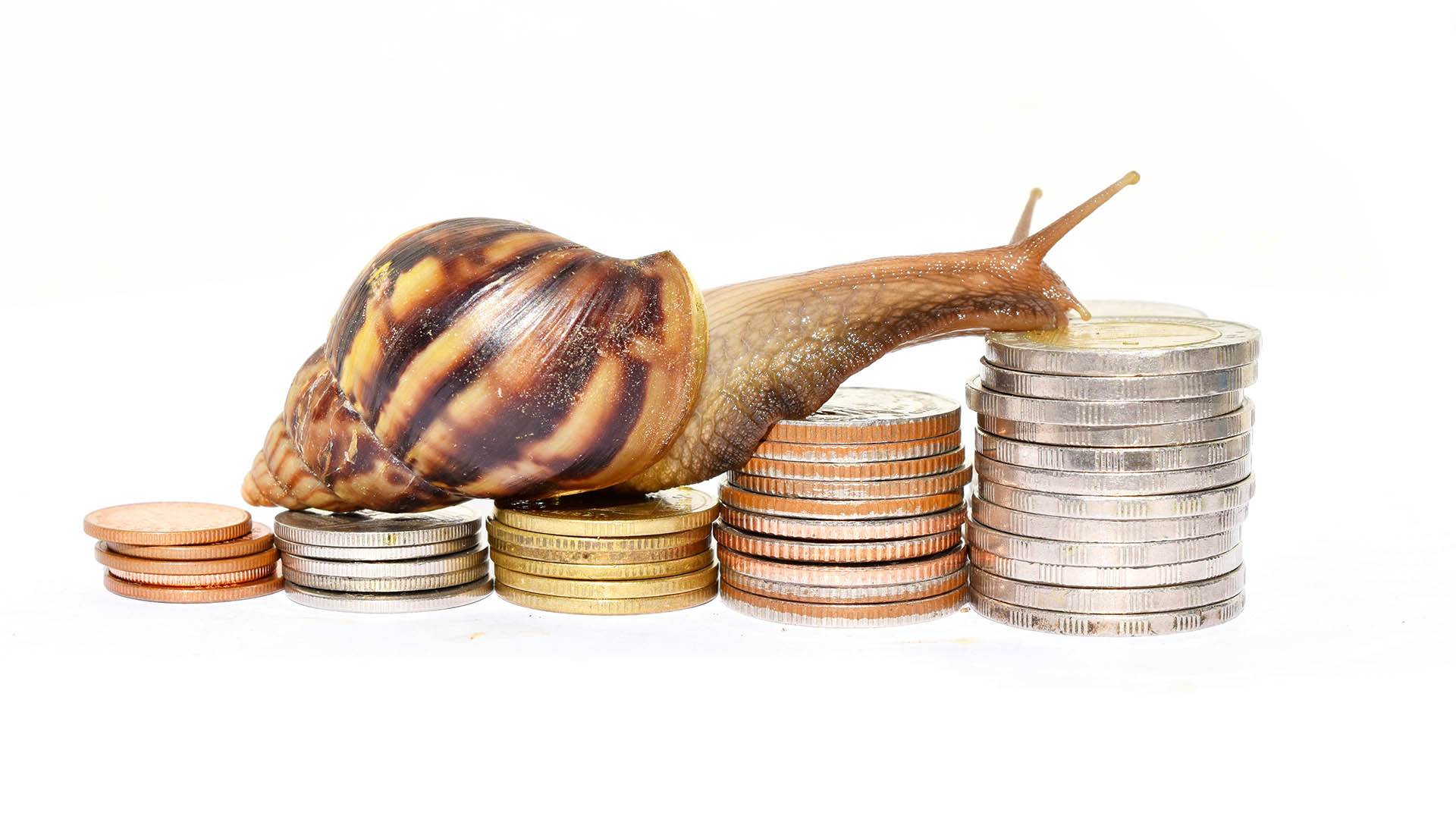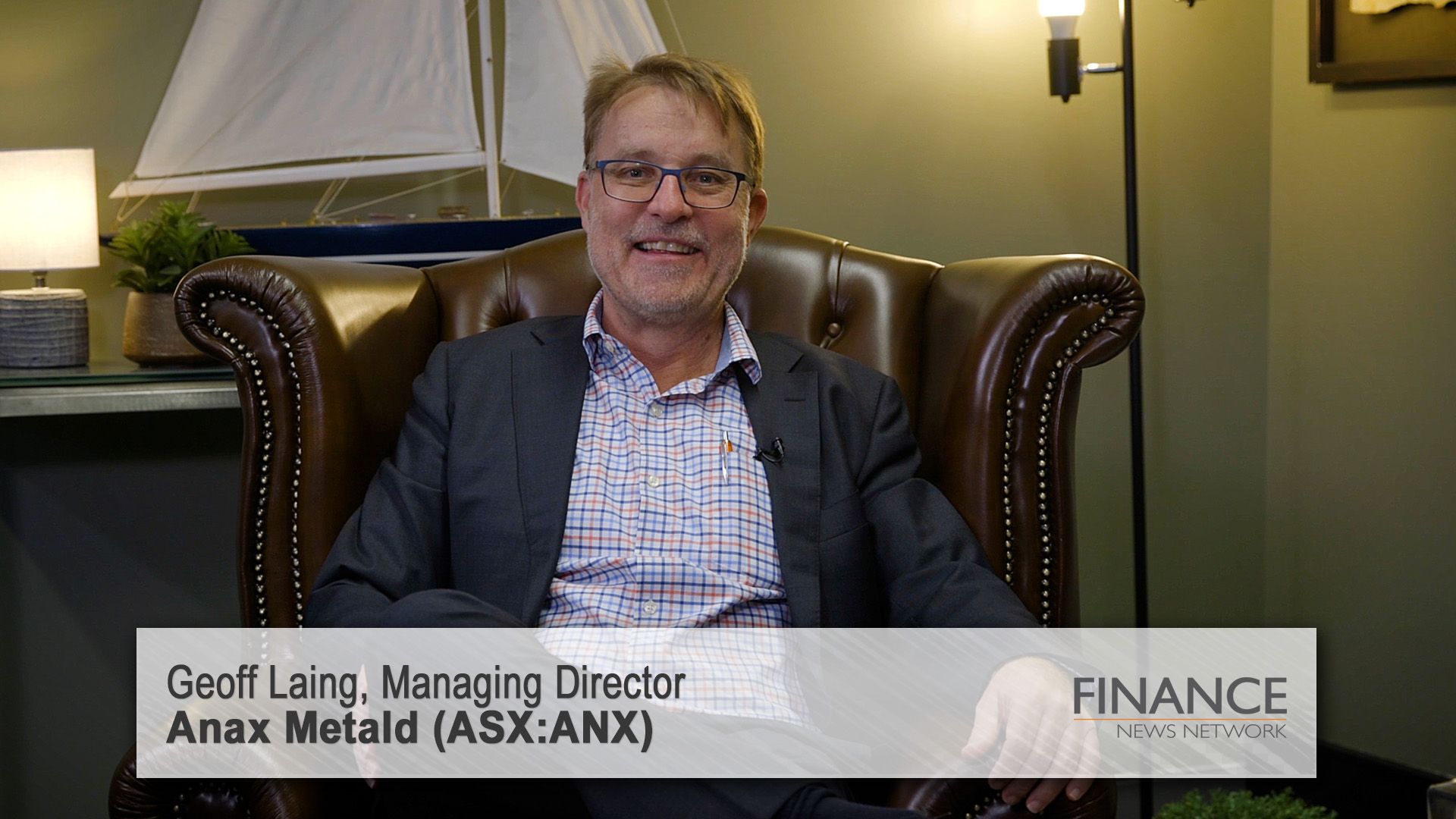As expected the US Federal Reserve has lifted its key short term interest rate for a third time this year and forecast more increases to come in 2018.
The increase had no impact on markets – Wall Street ended with yet another round of gains and the Aussie dollar rebounded well over 76 US cents to trade around 76.30 in early Asian trading.
Our market should open strongly this morning with the ASX 200 futures trading showing a 36 point gain.
Gold jumped $US15 an ounce to around $US1,2567, but oil lost a little ground, as did iron ore prices last night in China.
The Metal Bulletin’s index price fell 71 US cents or 1% to $70.54 a tonne.
It was Janet Yellen’s final meeting as chair of the US central bank and she delivered as expected by markets.
The Fed’s Federal Open Market Committee increased the target range for the federal funds rate by a quarter point to 1.25%-1.5% and the so-called ‘dot plot’ which tracks the committee member’s interest rate forecast, shows another three are on the cards next year.
A further two increases are currently on the plot for 2019.
Fed forecasts issued at the same time this morning suggested the midpoint of the Fed’s target range for interest rates is expected to reach 2.1% next year and 2.7% in 2019, unchanged from previous projections.
It is now tipped to reach 3.1% in 2020, which is above the longer-run estimate of 2.8%.
The Fed also upgraded its jobs market assessment, saying its policy is “supporting strong labour market conditions”, as it described growth as “solid”.
The Fed’s jobless rate projection was revised to 4.1% for the year, from 4.3% previously with the jobless rate at a 17-year low of 4.1% in November.
For next year and 2019 the median view is for unemployment to fall to 3.9% — last seen in December 2000 — from 4.1%.
The Fed continues to expect inflation to remain under its 2% target until 2019, although it lifted its estimate for personal consumption expenditures (its favoured inflation measure) to 1.7% this year, from 1.6% previously.
The Fed still believes that inflation will stabilise around the central bank’s 2% target in the medium term (ie around 2020). It has been saying that for more than five years, without it happening!
The consumer price inflation reading for November was released during the Fed meeting on Wednesday showed another sub-2% reading for core inflation (down to an annual 1.7% from 1.8% in October).
Two committee members — Charles Evans of Chicago and Neel Kashkari of Minneapolis — dissented against the decision to tighten policy, having both previously flagged up concerns about sluggish inflation.
“The Committee continues to expect that, with gradual adjustments in the stance of monetary policy, economic activity will expand at a moderate pace and labour market conditions will remain strong,” the Fed said in a statement accompanying its rate decision.
In other words the US economy remains solid, inflation weaker than expected, nothing much different to what we have already seen in 2017.













